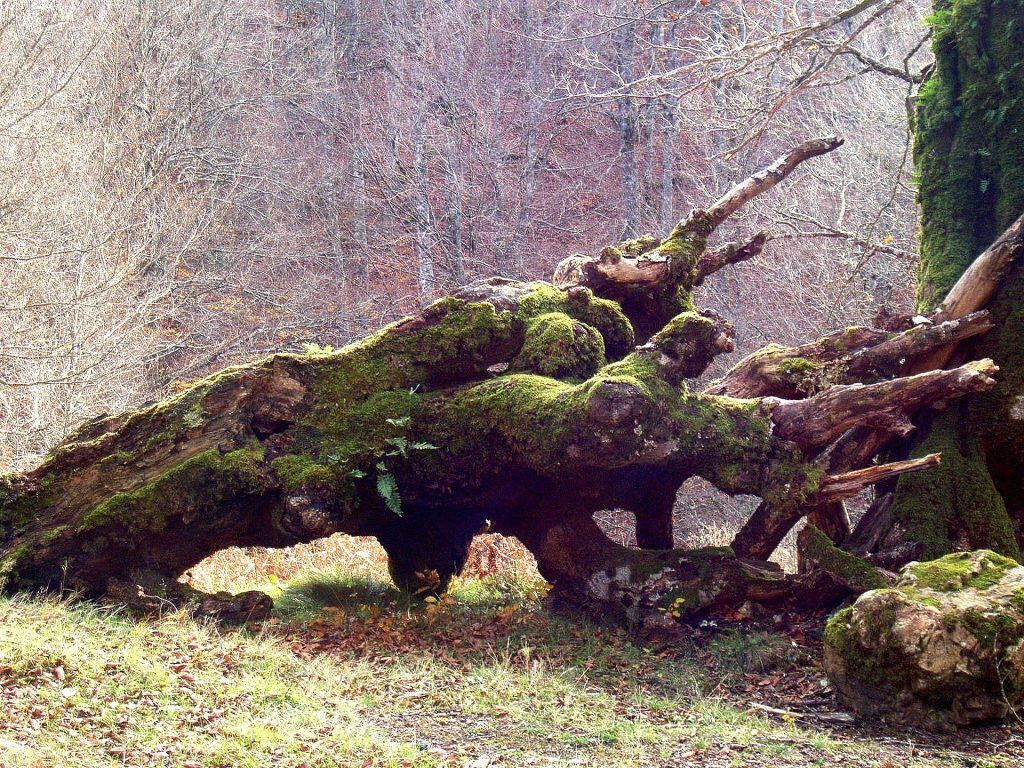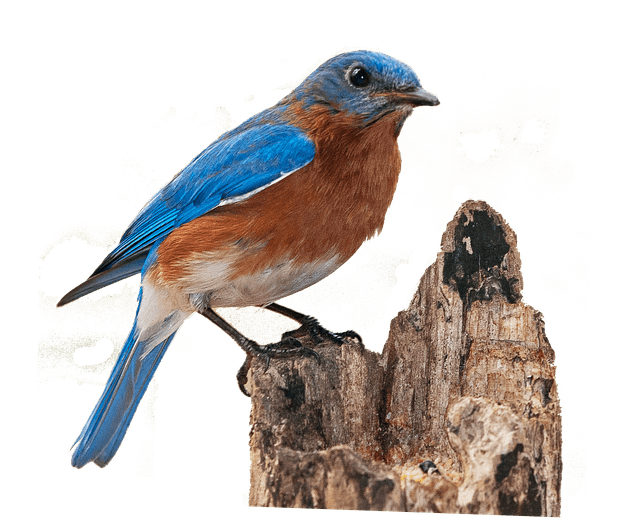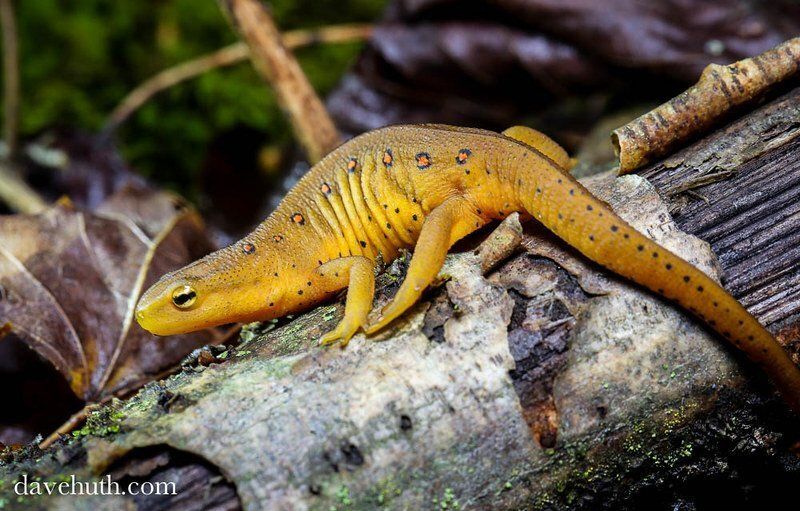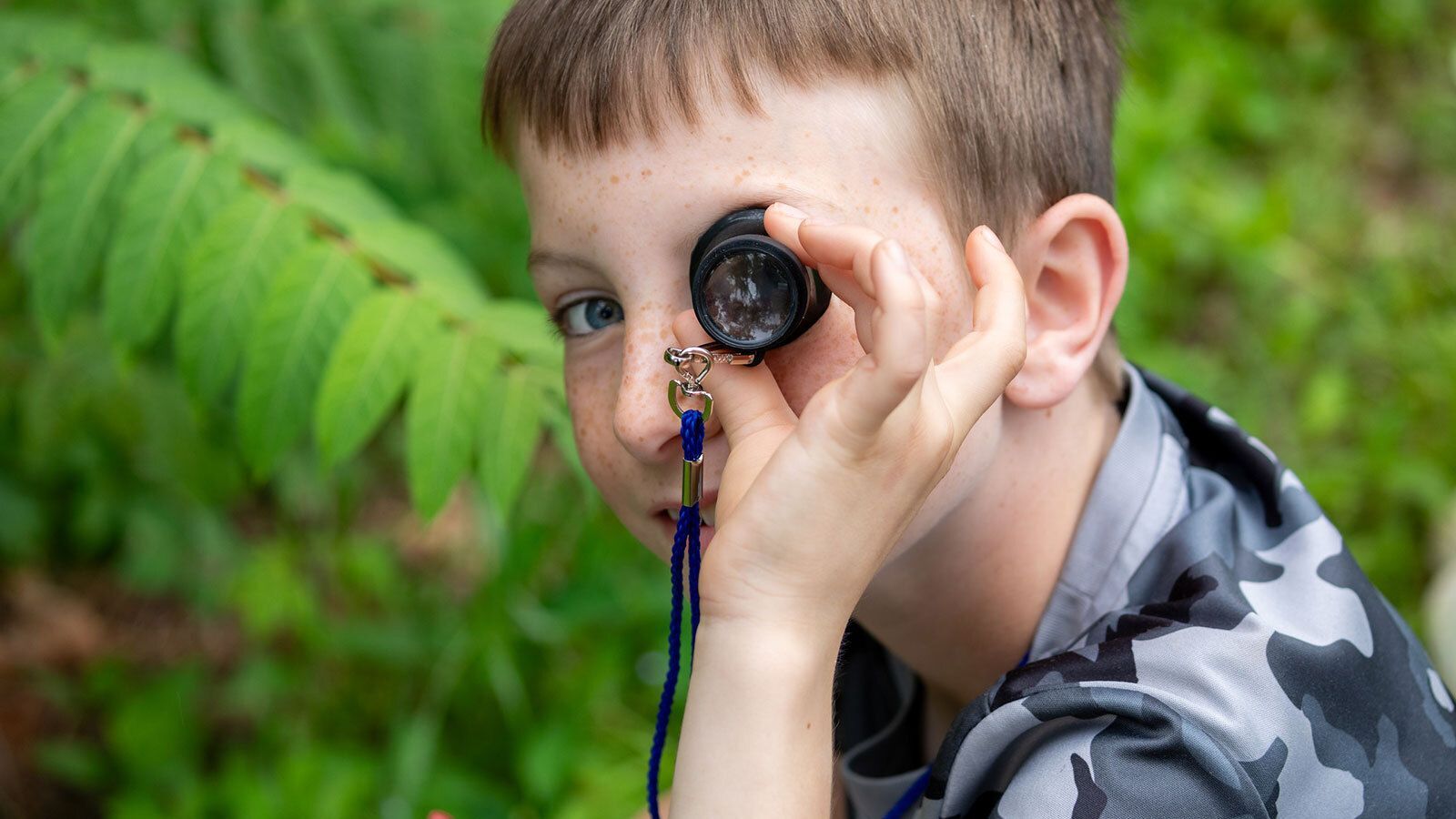Who would have thought oak trees support more wildlife than any other tree. I know it came as a surprise to us.
Trees and wildlife. We never really thought about the connection until we started learning how to help wildlife on our 3-acre homestead.
And what we learned? Hundreds of animals count on trees to help them survive.
Mighty Oak Trees
Wow, but think about it. Trees provide shelter for nesting birds and squirrels. A single oak tree provides food (mostly in the form of leaves) for over 500 different caterpillars. Plus over 100 animals eat the oak’s acorns.
By comparison, how many animals do you think a Bradford pear, which is not native and invasive, supports? Zero. True, they have nectar that pollinators can use but no caterpillars eat their leaves. And no caterpillars means fewer or no baby birds!
But do I really want a bunch of creepy caterpillars in my yard? You bet if you want birds. A chickadee pair must feed its babies over 6,000 caterpillars in one season to raise them. Since all baby birds need caterpillars to fledge (they are too young to eat seeds), you need a lot in your backyard to keep them healthy!

A dead tree covered in moss provides shelter to over 1,000 animals.
Dead Trees Help Wildlife
And what about trees that have died? Dead trees are the second most important tree for animals to thrive.
How?
By providing shelter and nutrients to over 1000 critters. Think salamanders, beetles, rabbits, and many, many more. Plus mushrooms often grow on rotting trees providing much-needed food for turtles, deer and birds.
How You Can Help
So what are the 2 most important trees for wildlife? In our book, oak trees and the dead, dying tree. And if you are planting an oak, look for one that is native to your area.
And then there is the question, which kind of oak do the animals prefer? It is always better to get them something they like! In our area, white oaks are preferred over red oaks by wildlife. Why? Red oak acorns are bitter tasting due to the tannins so animals like the white oak acorns better. Sounds reasonable.
By planting an oak, you will help wildlife thrive and you will be helping the planet at the same time. And if you can’t or don’t want an oak? Google native tree and wildlife and you will find all kinds of resources for finding the perfect tree for your area. A win/win.
And when that tree falls down, leave it if possible to provide habitat. Your wildlife will thank you.

A bluebird on a dead tree snag
To Learn More

An Eastern newt on a dead log

 English
English French
French German
German Italian
Italian Spanish
Spanish